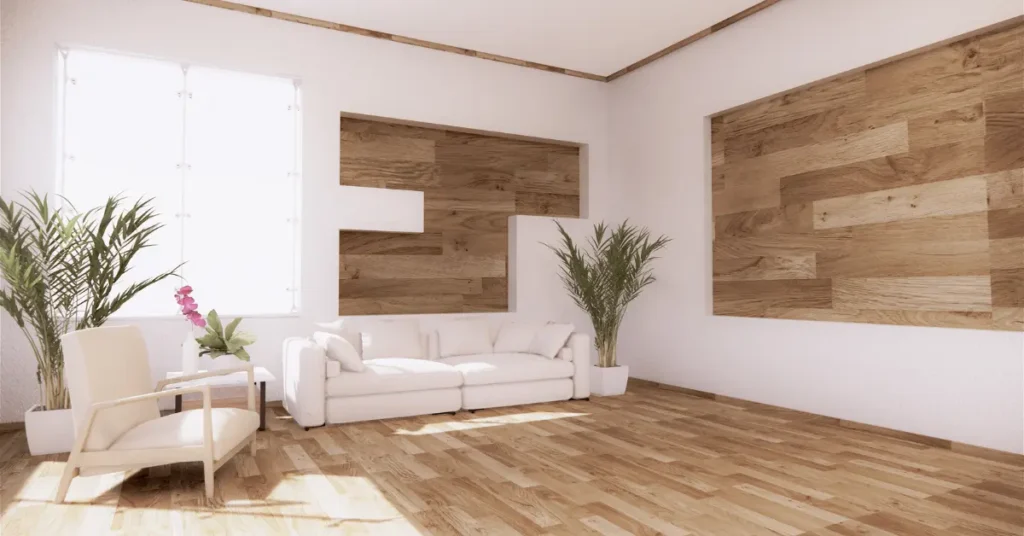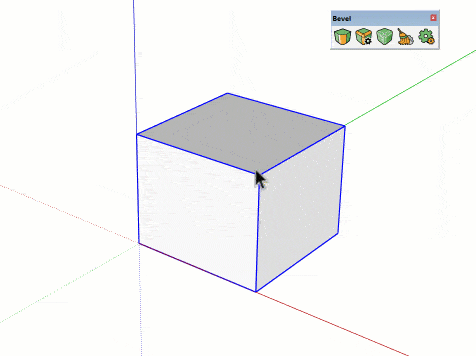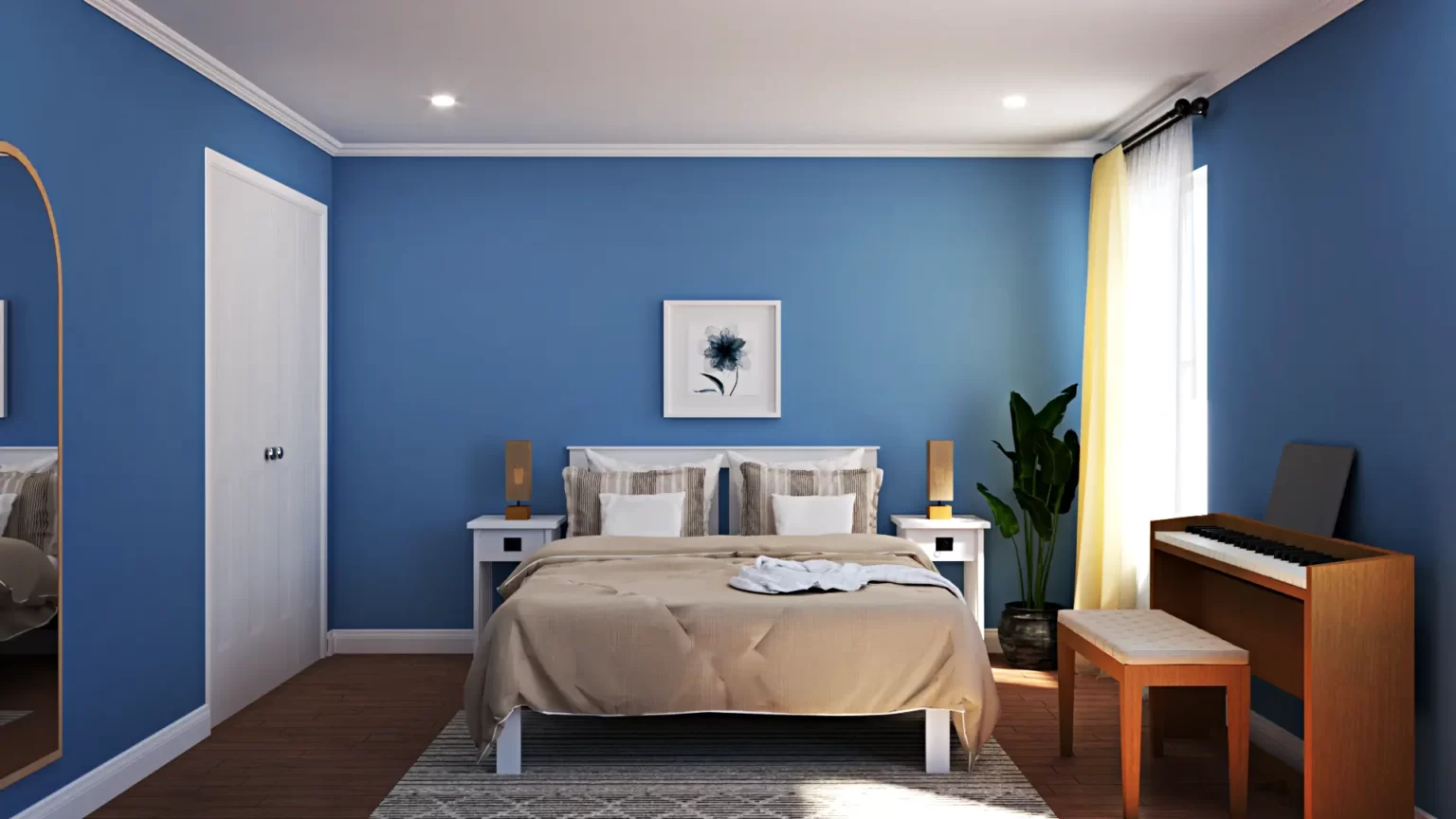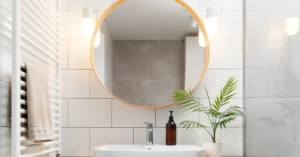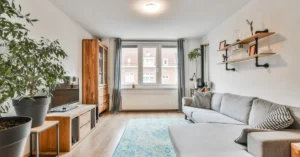Minimalist Living: Simplifying Your Home for Maximum Impact

In a world often characterized by excess, the concept of minimalist living has emerged as a breath of fresh air. Minimalism is not merely an aesthetic choice; it’s a lifestyle that advocates intentional simplicity, decluttering, and focusing on what truly matters. In this exploration, we’ll delve into the principles of minimalist living and discover how simplifying your home can have a profound impact on your well-being and overall quality of life.
Understanding Minimalism: More Than Aesthetic, a Lifestyle Choice
What is Minimalism?
At its core, minimalism is about intentionally choosing to live with less. It’s a conscious decision to simplify, focusing on quality over quantity, and finding joy in the essentials. Minimalist living extends beyond decluttering physical spaces; it encompasses a mindset shift toward intentional consumption and a reevaluation of priorities.
The Three Pillars of Minimalism
- Intentional Living:
Minimalists are deliberate in their choices. Every possession, activity, or relationship aligns with their values and contributes positively to their life. - Decluttering:
Minimalism encourages the removal of excess possessions that do not serve a purpose or bring joy. The goal is to create a living space free from unnecessary clutter. - Mindful Consumption:
Minimalists are conscious consumers. They prioritize experiences over material possessions, make intentional purchases, and avoid the trap of consumerism.
The Impact of Minimalist Living on Your Home
1. Space for Serenity
A minimalist home is characterized by open spaces, uncluttered surfaces, and a sense of calm. By eliminating unnecessary items, you create an environment that promotes relaxation and serenity. The absence of visual noise allows your mind to unwind, fostering a peaceful atmosphere.
2. Elevated Aesthetics
Minimalist design is known for its clean lines, neutral colors, and simplicity. Embracing this aesthetic transforms your home into a sophisticated and timeless space. Each element is purposeful, contributing to an overall sense of elegance and visual harmony.
3. Financial Freedom
Living with less can lead to significant financial benefits. By resisting the urge to accumulate unnecessary possessions, you save money and reduce the burden of maintaining and storing excess items. Minimalism encourages mindful spending, focusing on investments in quality and longevity.
4. Enhanced Focus on Experiences
Minimalist living emphasizes the importance of experiences over possessions. With fewer material distractions, you’re more likely to invest time and resources in activities that bring joy and fulfillment. This shift in focus enhances your overall well-being and creates lasting memories.
5. Stress Reduction
Clutter can contribute to feelings of overwhelm and stress. A minimalist home eliminates the need to constantly manage and organize possessions. The simplicity of your surroundings has a direct impact on your mental well-being, fostering a sense of clarity and reduced stress.
Practical Steps to Achieve Minimalist Living
1. Declutter Room by Room
Begin with one room at a time. Evaluate each item and ask yourself if it serves a purpose or brings joy. Discard or donate items that do not align with your values or contribute positively to your life.
2. Embrace the “One In, One Out” Rule
For every new item you bring into your home, consider letting go of an existing item. This rule ensures that your possessions remain intentional, preventing the accumulation of excess.
3. Prioritize Quality Over Quantity
Invest in well-made, durable items that serve their purpose effectively. Quality possessions often have a longer lifespan, reducing the need for frequent replacements.
4. Create Multifunctional Spaces
Optimize the functionality of your living spaces. Choose furniture and decor items that serve multiple purposes, reducing the need for excessive items. A versatile living space enhances the practicality of minimalist living.
5. Digital Decluttering
Extend minimalist principles to your digital life. Unsubscribe from unnecessary emails, organize your digital files, and streamline your online presence. A clutter-free digital space complements a minimalist home.
Overcoming Common Challenges of Minimalist Living
1. Sentimental Attachments
Letting go of sentimental items can be challenging. Instead of keeping everything, choose a few meaningful items to cherish and consider documenting others through photographs or journals.
2. Dealing with Others’ Expectations
Family and friends may not share the same enthusiasm for minimalism. Communicate your values and the positive impact minimalism has on your life. Encourage shared experiences over material gifts.
3. Fear of Missing Out (FOMO)
In a consumer-driven society, FOMO can be a real challenge. Remember that experiences and relationships bring more joy than material possessions. Focus on what truly matters to you.
Conclusion: Embracing a Life of More with Less
Minimalist living is a journey, not a destination. It’s about continually reassessing your priorities, making intentional choices, and creating a home that reflects your values. By simplifying your living space, you open the door to a life of more—more space, more time, more meaningful experiences. Embrace the beauty of less, and discover the profound impact of minimalist living on your overall well-being and happiness.


